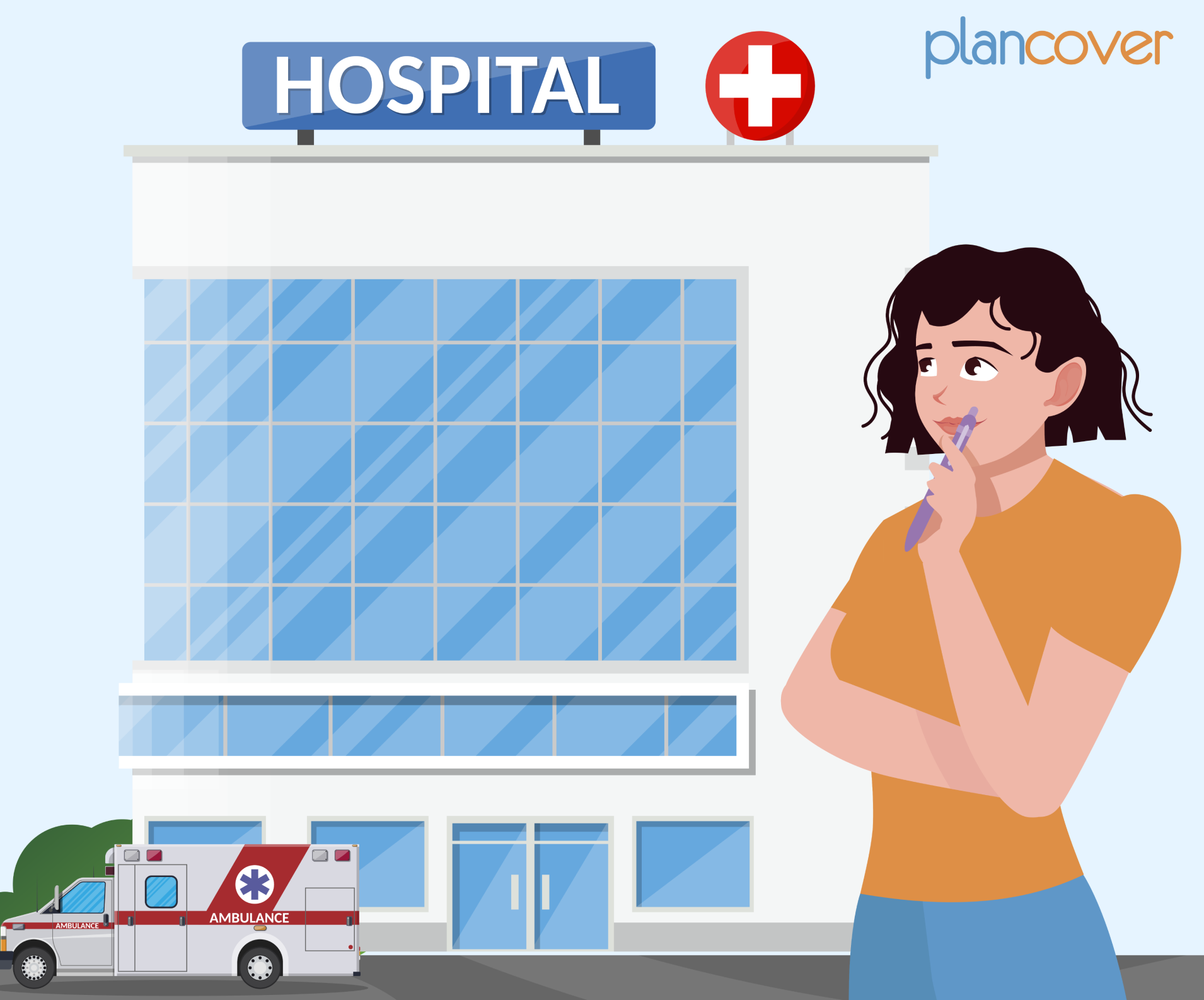Hospital Room Choices in India: An Article on Making the Right Decision and Minimizing Costs
Introduction
Planning a hospital stay can be a daunting task, especially when faced with the myriad of room choices and associated costs. Whether you’re seeking medical treatment for a routine check-up, a surgical procedure, or a medical emergency, understanding your options and their financial implications is crucial. This comprehensive guide aims to demystify the complexities of hospital room choices and costs in India, empowering patients to make informed decisions that align with their medical needs, budget, and insurance coverage

Exploring Hospital Room Varieties
Hospitals in India offer a range of room categories to accommodate diverse patient needs and preferences. Here’s a closer look at the most common room varieties:

-
General Ward:
Description: The most economical option, the general ward typically consists of a large room with multiple beds where patients receive basic medical care.
Benefits: Cost-effective, suitable for patients with minor ailments or those seeking budget-friendly accommodations.
Challenges: Limited privacy, increased exposure to noise and disturbances from other patients.
Insurance Coverage: Generally covered by most basic health insurance plans in India. -
Semi-Private Room:
Description: Semi-private rooms offer a balance between affordability and privacy. These rooms usually accommodate two to three patients and may include additional amenities.
Benefits: Improved privacy compared to general wards, relatively affordable.
Considerations: Reduced privacy compared to private rooms, potential for noise disruption.
Insurance Coverage: Many health insurance plans in India cover semi-private rooms, but coverage may vary. Review your policy for details. -
Private Room:
Description: Private rooms provide maximum privacy and comfort, with a single patient occupancy and attached bathroom facilities.
Benefits: Enhanced privacy, conducive to rest and recovery, suitable for patients requiring specialized medical attention.
Considerations: Higher cost compared to general wards and semi-private rooms, may not be covered by all insurance plans.
Insurance Coverage: Some premium health insurance plans may cover the cost of private rooms. Check your policy for coverage details. -
ICU (Intensive Care Unit):
Description: The Intensive Care Unit (ICU) is a specialized department within a hospital that provides comprehensive care for critically ill patients.
Benefits: Continuous monitoring, access to advanced medical equipment and specialized healthcare professionals.
Considerations: Higher costs due to specialized care and resources, reserved for patients with severe medical conditions.
Insurance Coverage: Coverage for ICU stays varies depending on the health insurance plan. Some plans may cover ICU charges up to a certain limit. -
NICU (Neonatal Intensive Care Unit):
Description: The Neonatal Intensive Care Unit (NICU) is dedicated to the care of premature or critically ill newborn infants.
Benefits: Specialized care tailored to the unique needs of newborns, equipped with advanced medical technology and skilled healthcare providers.
Considerations: Higher costs associated with specialized neonatal care, reserved for infants with significant health concerns.
Insurance Coverage: Coverage for NICU stays depends on the specific health insurance policy. Some plans may cover NICU charges within certain limits.
Navigating the Hospital Room Spectrum:
Hospitals categorize rooms based on amenities and privacy, with costs varying significantly by:
City Tier: Tier 1 metros (Delhi, Mumbai, etc.) are generally more expensive than Tier 2 and 3 cities.
Hospital Type: Private hospitals have higher costs compared to government hospitals.
Room Category: Amenities and privacy increase with room category (General Ward, Semi-Private, Private).

Disclaimer: These costs are approximate and can vary. Always consult the hospital for accurate pricing. Prices may also fluctuate over time due to factors such as inflation and changes in healthcare policies. Understanding these costs can help you plan your healthcare needs wisely.
Patient Rights and Making Your Choice
As a patient, it’s important to understand your rights and feel empowered when choosing a hospital room. Here’s what to keep in mind:

- Your Right to Decide: You have the right to choose your room based on medical need, preference, and budget (within the limits of your insurance).
Seek Clarity: You can always ask for clear medical reasons if a specific room type is strongly recommended. - Don’t Feel Pressured: Never feel pressured to choose a more expensive room if it’s not necessary or within your budget. Discuss your concerns openly with the hospital staff and explore if there are more affordable options that meet your medical needs.
- Balance Cost and Comfort: Carefully consider the trade-offs between cost and the added privacy and potential amenities of a more expensive room. Prioritize both your financial well-being and your healing environment.
- Factor in Your Condition: Discuss with your doctor whether your specific medical condition or recovery process would be significantly impacted by the room type (e.g., need for quiet, vulnerability to infections in a shared room).
Additional Considerations
Government Hospitals: Consider government hospitals for a more budget-friendly option. However, weigh potential trade-offs between cost and wait times.
Consult Insurance Policy: Review your corporate health insurance policy to understand the room type(s) it covers and any potential out-of-pocket expenses.
Negotiation (Optional): In certain private hospitals, particularly for non-peak times or extended stays, there might be a limited opportunity to negotiate on pricing for specific room categories. Approach this conversation politely and professionally, without any guarantees of success.
Mid-Stay Upgrades (Optional): If your health condition necessitates more privacy during your stay, you might be able to upgrade your room mid-stay (subject to availability and additional costs). Discuss this possibility with the hospital staff and ensure you understand the associated upgrade charges before proceeding.